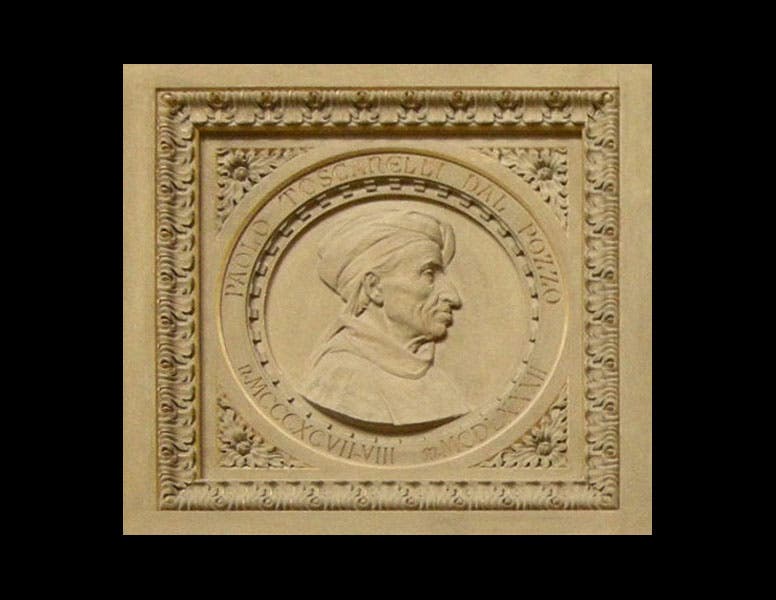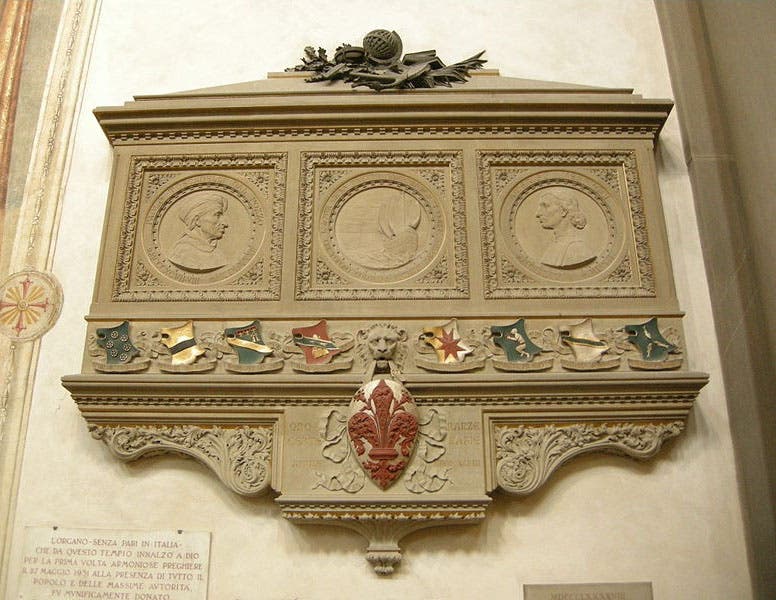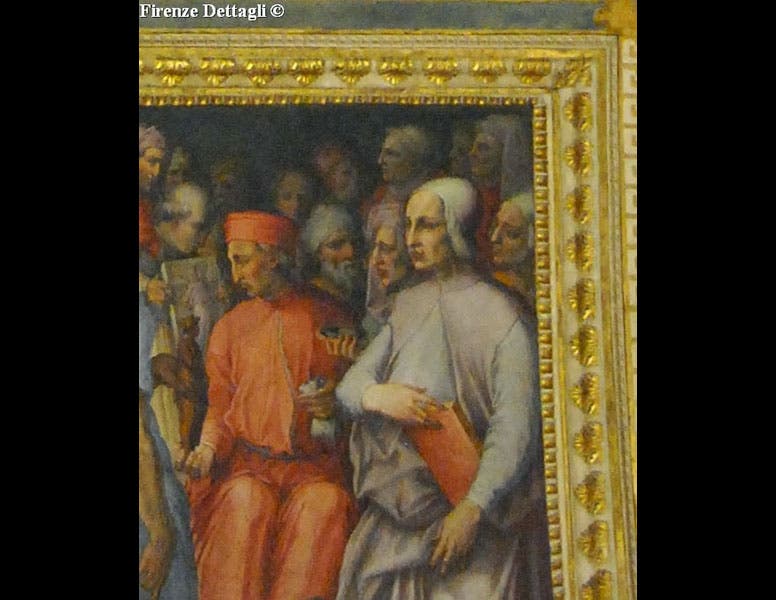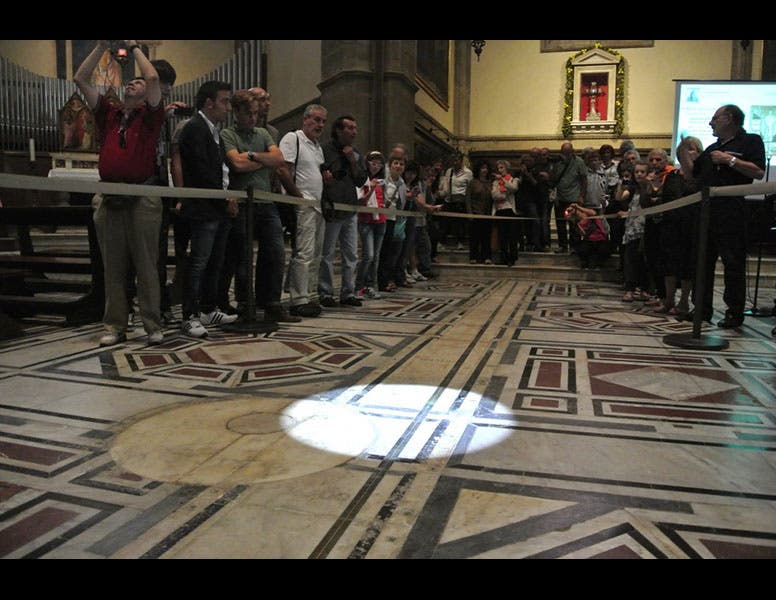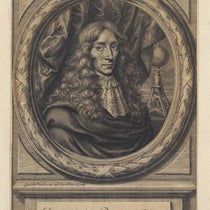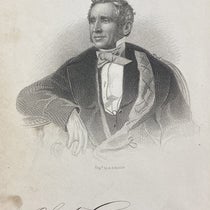Scientist of the Day - Paolo Toscanelli
Paolo dal Pozzo Toscanelli, an Italian mathematician, humanist, and astronomer, died May 10, 1482, at the age of about 85. Toscanelli is a very wispy historical figure; he is like that magnet under the floor that affects the actions of everything in the room, but which no one can quite lay their hands on. The contemporary astronomer Regiomontanus likened Toscanelli to a second Archimedes, about as high a compliment as one mathematician in the 15th century could pay to another. Nicholas of Cusa, or Cusanus, the great German philosopher who served as a papal legate to Germany but spent many years in Italy, considered Toscanelli his best friend and most able mathematical accomplice, and when Cusanus and Regiomontanus almost came to blows over their conflicting ideas about the problem of squaring the circle, it was Toscanelli who acted as intermediary. Cusanus dedicated his book on quadrature to Toscanelli, and when Cusanus lay dying in the remote Perugian town of Todi in 1464, Toscanelli travelled the 120 miles from Florence to be at his bedside. Marsilio Ficino, the foremost Renaissance Platonist, also dedicated a book to Toscanelli, and the architects Filippo Brunelleschi and Leon Battista Alberti both considered Toscanelli a close friend and an extremely capable mathematician. That is pretty much the cream of Florentine humanist culture, all touting the virtues of the man they called Master Paul.
Given all that, one might be anxious to see what Toscanelli actually accomplished. And that is a problem. Whatever he did, hardly any records survive. We have no books from his pen, and very few letters. We have no buildings erected to his design, or paintings laid out according to his perspective grid-work, or even records of patients cured by his practice of medicine. We have a handful of mathematical papers that show that he was good at spherical geometry, and that he observed the comet of 1456, and that is about it. Even stranger, Toscanelli is best known for an accomplishment that he may not have done at all. He is supposed to have written a letter that was conveyed to the King of Portugal in 1474, accompanied by a world map of his own design, in which he suggested that one might reach the Spice Islands more easily by sailing west than by sailing east around Africa. He is then supposed to have sent a copy of this letter, and a copy of the map, to Christopher Columbus, and then a follow-up letter, whereby Columbus got the idea for his 1492 voyage. We know Columbus saw some version of such a letter, because he copied it onto the endpaper of a book in his possession. But none of the original 3 letters survive, nor the originals of the map, or even any copies of the map, nor is there any other evidence that Toscanelli believed one could sail to China directly from Portugal. It is regularly stated as a fact that the Genoan Columbus got the inspiration for his voyage from the Florentine Toscanelli, but we really don’t know that such was the case.
However, there is one other purported achievement of Toscanelli that has recently been confirmed. In the cathedral of Florence, Santa Maria del Fiore, there is a small brass plate with a hole in it, set into a window high in the dome, and a meridian line built into the floor. Every sunny day, a circle of sunlight cast by the hole in the brass plate crosses the meridian line, at a different location each day. And on the summer solstice, the solar circle exactly overlaps a marble circle also set into the floor (fourth image). It has long been stated that Toscanelli installed this meridian, but without any evidence to support that claim. A document has now been found in the Cathedral archives that confirms that the meridian was indeed Toscanelli's handiwork and was installed in 1475, which is a relief to Toscanelli fans everywhere. Now if only someone would turn up that letter to the King of Portugal, or better yet, the map that went with it. That would really give the Toscanelli legend some substance.
There is a monument in the Basilica di Santa Croce in Florence that pays tribute to Toscanelli (left figure in second image; detail in first image), Columbus, and Amerigo Vespucci (note that Columbus, a Genoan, is represented only by his ship, while the two Florentines merit portraits). The likeness of Toscanelli is derived from a 16th-century fresco on the ceiling of the Sala di Cosimo il Vecchio in the Palazzo Vecchio in Florence (detail, third image). It is said that the figure just to the right of Cosimo (the central figure, in red), seen in profile and holding an oval miniature, is Toscanelli. We do not know on what evidence this claim is based, but every image of Toscanelli you will find has been drawn from this figure in Vasari’s fresco, so we hope the attribution is correct.
Dr. William B. Ashworth, Jr., Consultant for the History of Science, Linda Hall Library and Associate Professor, Department of History, University of Missouri-Kansas City. Comments or corrections are welcome; please direct to ashworthw@umkc.edu.


